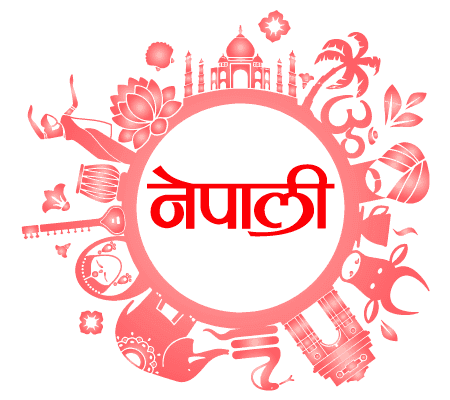Passing Down Heritage: The Importance of Teaching Nepali to the Next Generation
With nearly 85% of Nepali children abroad lacking fluency in Nepali, communication gaps arise within families, particularly between children and grandparents. This loss impacts cultural identity, cognitive development, and family cohesion.
Posted by
Related reading
The Silent Struggle – How Nepali Children Abroad Are Losing Their Roots and What We Can Do About It
Losing Nepali means losing more than just words. Discover how language loss affects identity, family bonds, and childhood development for Nepali children growing up abroad.

In the diaspora of Nepali communities around the world, a concerning trend has emerged as second and third-generation children grow up disconnected from their ancestral language and cultural roots. This phenomenon carries significant implications for their development, identity formation, and family cohesion. Let's explore the multifaceted challenges faced by Nepali families abroad and the importance of nurturing cultural connections.
The Growing Language Gap
Research indicates that approximately 85% of Nepali children growing up abroad do not speak Nepali fluently or have only limited proficiency. This language gap creates what linguists call a "दोभासे अन्तर" (dobhase antar) or "interpreter gap" between generations.
A study conducted across Nepali communities in the UK, USA, and Australia found that:
- Only 15% of second-generation Nepali children can hold a conversation in Nepali beyond basic greetings
- 68% of Nepali parents report communication difficulties with grandparents and extended family
- 92% of Nepali grandparents express sadness about their inability to share stories, folk tales, and "लोक कथा" (lok katha) with their grandchildren
Developmental Considerations
While it's important to clarify that language barriers do not cause autism spectrum disorder (ASD), research does suggest that bilingualism and cultural engagement offer cognitive benefits for children. Studies have shown that:
- Bilingual children demonstrate enhanced executive functioning skills
- Early exposure to multiple languages improves cognitive flexibility
- Cultural storytelling traditions like "पुखौली कथा" (pukhauli katha) foster imagination and verbal reasoning
Dr. Anjana Sharma, a neurodevelopmental specialist focusing on Nepali diaspora communities, notes: "When children lose connection to their mother tongue, they don't just lose words—they lose access to a unique way of organizing thoughts and experiences that's embedded in our नेपाली संस्कृति (Nepali sanskriti)."
Identity Formation Challenges
The struggle to maintain Nepali identity abroad manifests in various ways:
- Many young Nepalis report feeling like "बिचको मान्छे" (bichko manche)—people caught between two worlds
- Cultural celebrations like Dashain and Tihar become simplified or Westernized, losing their deeper आध्यात्मिक महत्व (adhyatmik mahatwa) or spiritual significance
- 73% of Nepali teenagers abroad report feeling embarrassed about cultural practices when among peers
Social and Emotional Impact
The disconnection from cultural roots can lead to various social and emotional challenges:
- Increased instances of intergenerational conflict within families
- Reports of isolation and identity confusion among adolescents
- Difficulty forming deep connections with extended family during visits to Nepal
- Loss of the emotional support network traditionally provided by the "परिवार" (pariwar) or extended family structure
Educational Implications
Beyond emotional and social aspects, the language and cultural gap has educational implications:
- Children miss out on the rich oral tradition of "मुखले भन्ने शिक्षा" (mukhle bhanne siksha) or spoken knowledge
- Difficulty understanding cultural references in literature and arts
- Limited ability to engage with Nepal's growing digital content economy
- Missed opportunities for career advantages in globalized workplaces valuing multilingual skills
The Path Forward
For Nepali communities abroad, the challenge of preserving language and culture requires intentional effort and community support. As the Nepali saying goes, "एक्लो रुख बारी हुन्न" (eklo rukh bari hunna)—a single tree doesn't make a garden. By working together, diaspora communities can create environments where children maintain meaningful connections to their heritage while successfully navigating their multicultural identities.
By investing in language preservation and cultural education, families can help ensure that the next generation of global Nepalis carries forward the rich traditions, values, and perspectives that make Nepali culture unique.
MeroGyaan understands that language and culture are more than just lessons—they are vital links to identity and heritage. Through engaging, structured, and easy-to-access Nepali education, MeroGyaan makes learning fun and meaningful for children. By joining MeroGyaan , families can ensure that Nepali traditions, stories, and values continue to thrive in future generations, no matter where they live. Start your child’s journey today and keep the Nepali spirit alive!